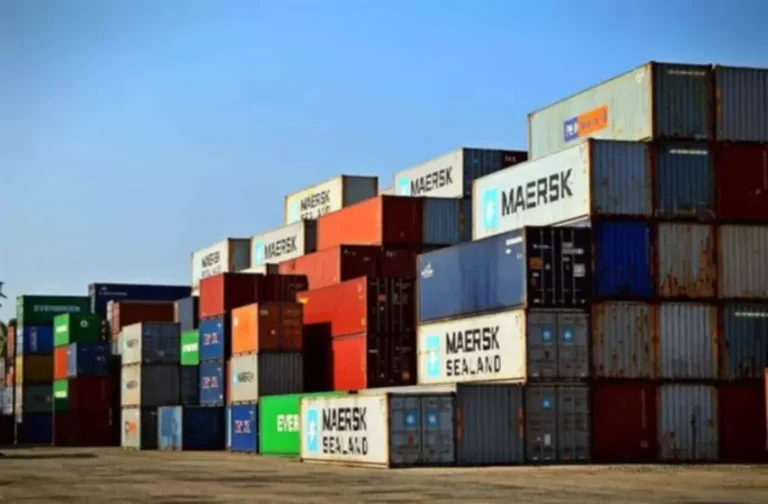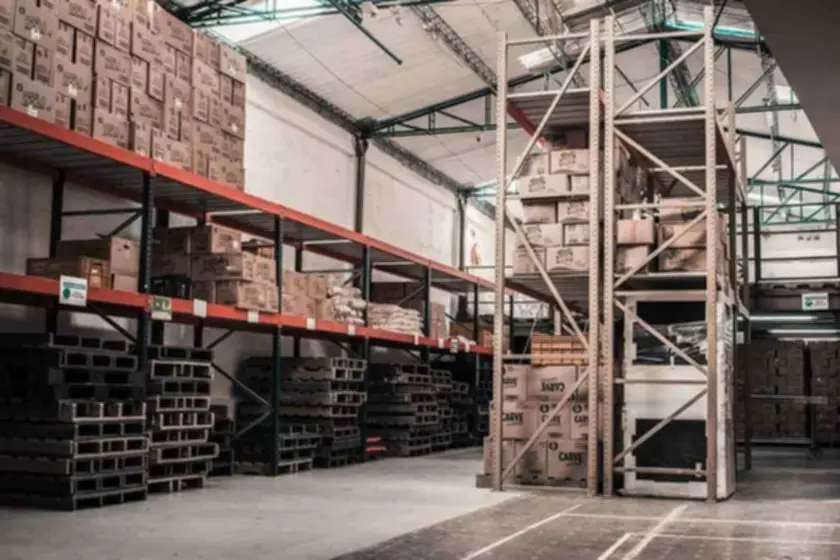The discount in bandwidth that edge architectures expertise is a result of much less knowledge having to journey over the internet to distant information facilities. As A Substitute, it goes backwards and forwards between gadgets and computational assets closer by, which is likely certainly one of the primary reasons why we need edge computing. With cloud computing, the computational energy resides in a data heart away from the user—or in “the cloud.” We are presently within the cloud computing era. Much of our computing, communications, and even some of the software program we use is cloud native. With an internet connection, customers can interact with these resources with out having to over-rely on the computational power of their own gadgets, which have, in consequence, shrunk and extra convenient.
This functionality can enhance a extensive range of enterprise interactions such as buyer experiences, preemptive maintenance, fraud prevention, scientific determination making, and heaps of others. One method to view edge computing is as a collection of circles radiating out from the code data center. An edge platform might help deliver consistency of operations and app improvement.
Dive into the world of edge computing, a transformative expertise https://www.globalcloudteam.com/ that brings data processing nearer to the source. Perceive its key ideas, benefits, and how it’s shaping the means ahead for computing by decreasing latency and enhancing person experiences. Banks would possibly want edge to investigate ATM video feeds in real-time in order to increase shopper safety.
Edge software services cut back the volumes of knowledge that should be moved, the consequent site visitors, and the distance that information should journey. Telecom providers more and more run their networks with network capabilities virtualization (NFV), utilizing digital machines operating on normal hardware on the community edge. An edge computing strategy allows the providers to maintain the software program at tens of hundreds of distant areas all running persistently and with uniform safety standards.
They require real-time information processing for immediate response and can’t rely on a remote server for split-second decision-making. It is difficult to gather information from places with unreliable connectivity and bandwidth. Establishing compute and knowledge storage capabilities on the network edge helps enterprises gather and transmit information from distant oil fields, industrial zones, and offshore vessels. CIOs in banking, mining, retail or just about any other business are constructing methods designed to personalize buyer experiences, generate sooner insights and actions and maintain continuous operations.
Edge Vs Cloud Vs Fog Computing
With edge computing, the main aim is to process information at the exact location, or as close as possible, to the place it’s being created and used. And so, quite than touring to the cloud, the data processing is finished “on the sting.” Typically that means the processing happens the place it’s launched — in the gadget itself. For larger jobs, it additionally generally means processing in “cloudlets,” that are essentially decentralized mini-data facilities that can handle certain instructions of sure users. Self-driving vehicles rely on edge computing to course of data from cameras, radar, and LiDAR sensors instantly. Selections like stopping for a pedestrian or changing lanes should be made in milliseconds, and sending this knowledge to a central server would introduce unacceptable delays. It offers some unique benefits over traditional models, the place computing power is centralized at an on-premise information heart.
For instance, traffic lights connected to sensors can adjust dynamically to minimize back congestion, making selections inside a couple of seconds without needing to ship information to a centralized location. This decentralized strategy ensures sooner responses and improved companies for residents. Processing data locally reduces the need for constant information transmission to cloud servers or central knowledge facilities, which may be expensive. Edge computing helps companies save on bandwidth and storage costs by dealing with solely essential data centrally.

Historically, purposes have transmitted data from good gadgets like sensors and smartphones to a central information middle for processing. Nevertheless, the unprecedented complexity and scale of data have outpaced community capabilities. By shifting processing capabilities closer to users and devices Large Language Model, edge computing systems significantly improve application efficiency, cut back bandwidth requirements, and provides faster real-time insights. Since edge devices deal with computing duties locally, less knowledge needs to be sent to centralized servers or cloud data centers.
Why Edge Computing Is The Future Of Cloud

Nevertheless, with edge computing, each edge system connected to the system is another assault surface. Sending massive portions of information from its origin to centralized information facilities is expensive as a end result of it requires extra bandwidth. The edge computing model permits you to lower the amount of data being sent from sites to information facilities as a outcome of end customers only ship crucial data. Relying on how a lot information your small business sends and processes, this might considerably save operating costs.
- Converging these disparate workflows onto a single unifying platform might help to interrupt down these limitations, simplifying the mixing of new capabilities.
- It’s particularly important for related devices, smart buildings, and IoT ecosystems, offering businesses faster, safer, and cost-effective methods to handle data.
- The reasons people implement edge computing are as numerous because the organizations they assist.
- Network capabilities virtualization (NFV) is a strategy that applies IT virtualization to the use case of community capabilities.
- Some trade watchers consider the cloud will one day be used principally for storage and large computations.

Data is generated or collected in many locations after which moved to the cloud, where computing is centralized, making it easier and cheaper to process data together in a single place and at scale. Edge computing makes use of domestically generated data to allow real-time responsiveness to create new experiences, whereas at the identical time controlling delicate data and decreasing costs of information transmission to the cloud. Edge reduces latency, which means it lowers response time by doing the work near the supply as a substitute of sending it to the more distant cloud after which ready for a response. Edge computing is a distributed computing framework that brings enterprise functions edge computing definition nearer to data sources similar to IoT gadgets or native edge servers.
Corporations can optimize the flow of knowledge into central methods and retain the majority of raw information on the edge where it’s helpful. However, a clear distinction needs to be made between units with computer energy and edge computing serving many units simultaneously. Despite these challenges, the development of edge computing continues, and lots of organizations and technology communities are working to deal with these points to leverage the advantages of edge computing fully. With technological advancements, we are able to count on these disadvantages to be gradually overcome. Uncover how autonomous edge management empowers CIOs to increase revenue and cost financial savings throughout industries, revolutionizing edge computing approaches. Due to the nearness of the analytical assets to the end customers, subtle analytical tools and artificial intelligence tools can run on the edge of the system.
There are additionally 5G networks that assist edge units, which use the sooner processing of 5G to create a smoother end-user expertise. These can embrace any cellphone or wireless gadget that transmits data over the 5G community. The community edge is the boundary between the core community and the community’s edge where edge computing occurs. This zone is where knowledge processing and analysis happen closer to the info supply without being despatched to a central location. You can characterize the network edge by its proximity to the end-users and data sources, which permits sooner response times at a decrease price.